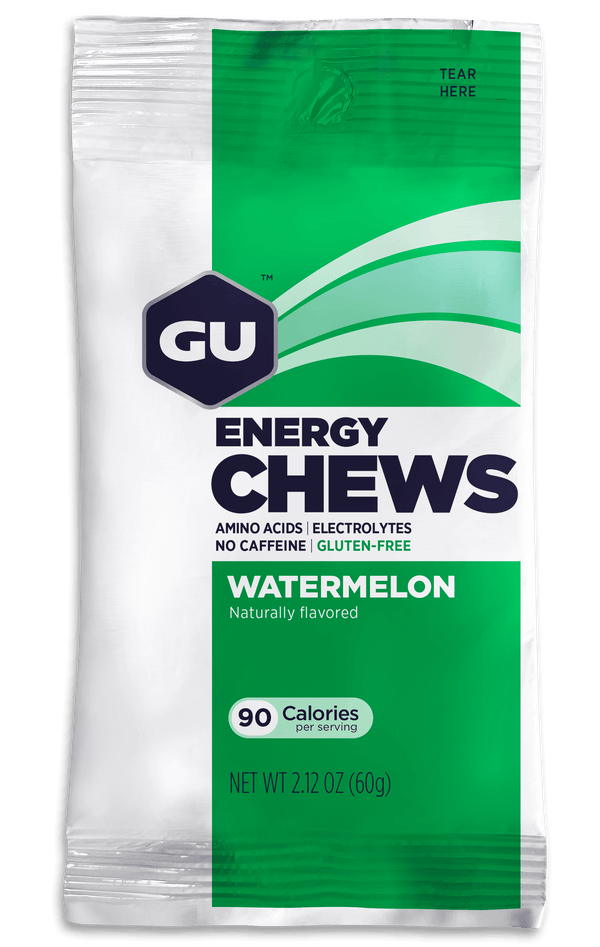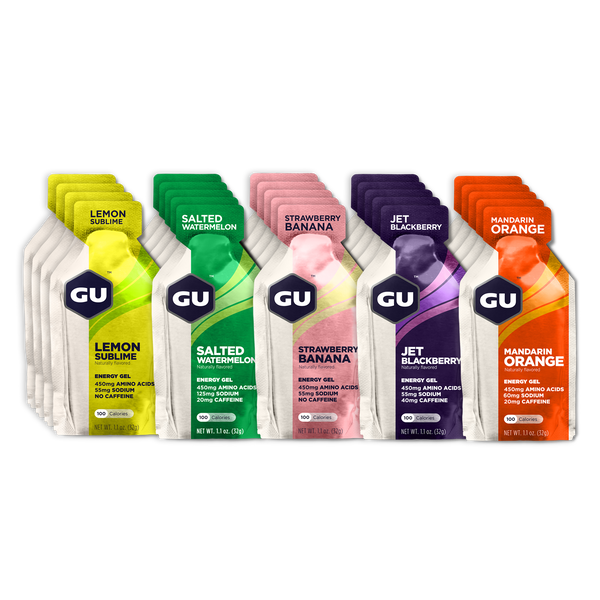A LOOK INTO THE CURRENT STATE OF FUELING, TRAINING, AND RECOVERY IN SPORT WITH KEELY HENNINGER
Keely Henninger is a professional trail runner and experienced scientist who aims to raise awareness around the negative impacts associated with overtraining and under-fueling to help athletes reach their potential.
“Wait, you still get your period?”
I remember the day like it was yesterday. Running in the evening dusk with spring on its way, my view of training and running was changed forever. In the face of this new measure of "success," (NOT getting your period) I came to the conclusion that I had been doing it all wrong. Instead of measuring success through race times and workout progress, I was being told success was measured by body physique and menstrual cycle status. Training so hard to lose your period was a badge of honor to show to everyone that you were training hard enough. (Note: Not everyone gets a menstrual cycle every month due to other medical conditions and personal reasons.)
The next couple of years I was in a never ending fight with my body, training it relentlessly, fueling it inadequately, and secretly celebrating every successive month I went without my menstrual cycle. This culminated in a lot of mental turmoil and hate, flat training, absolutely disastrous (with only a few amazing) races, and ultimately a succession of injuries that just kept coming and getting worse. It turns out, this wasn’t a badge of honor; it was a badge of refusal. It was me refusing to listen to the biggest and most obvious sign my body could use to tell me to slow down and rest.
Unfortunately, this story of overtraining, under-fueling, and non-existent recovery is more common than we may think among athletes, especially females. It has become so common in fact that there are now many clinical names for the condition, but the most common name is RED-S. This stands for Relative Energy Deficiency in Sport and encompasses a wide variety of negative health outcomes that result from low energy availability in both male and female athletes (1). Energy availability refers to the amount of energy left over after the energy demands of training are subtracted from the total energy consumed. It follows then that low energy availability occurs when an athlete isn't eating enough to support training AND normal body functions. Low energy availability in females has been correlated to lack of menstruation, poor bone health, decreased adaptation to training, and decreased concentration, just to name a few (1). Low energy availability can be a result of inadvertent undereating, disordered eating, time constraints, or simply a lack of knowledge (7).
Female athletes tend to have a higher drive for weight loss and consume fewer calories than their daily requirement, which can result in a higher risk for low energy availability (8). Perhaps it's not surprising that a 2019 study of 1000 female athletes showed that nearly 50% were at risk for low energy availability (1). But male athletes in weight-sensitive sports are also at risk. In the trail and ultra running space specifically, just 23% of trail ultra runners are female, but low energy availability is prevalent. In a study looking at runners of the Comrades Marathon, the world's oldest and largest ultramarathon, 92% had never heard of low energy availability, yet 44% of athletes were deemed at risk for it. Clearly lack of knowledge is a common theme.
While education around these disorders is increasing, prevalence is still extremely high and research is lacking, especially when it comes to female-specific studies. Female athletes make up nearly 50% of sports participants, yet are grossly underrepresented in athletic research studies. Just 3-4% of research is focused on female-specific athletic performance (7). However, in the limited research, there are some relevant and important findings.
INADEQUATE FUELING NEGATIVELY IMPACTS PERFORMANCE
Athletes in constant energy deficits throughout the day (whether that is by fasting or forgetting to eat during or after long/intense activity) have decreases in their metabolic rate, decreases in their amount of muscle mass, and increased stress hormone production (3,4,5). Fueling during and immediately after your workouts improves recovery for the next workout and allows your body to absorb the fitness gains.
FUELING AFTER EXERCISE IMPROVES RECOVERY
Ingesting carbohydrates after exercise increases muscle-glycogen resynthesis and repair (2). Consuming protein, carbohydrates, and electrolytes immediately after exercise are shown to improve hydration status and muscle repair after long endurance bouts (10).

EATING DURING RACING AND TRAINING IMPACTS PERFORMANCE
Ingesting carbohydrates during moderate exercise lasting 2 hours or more has been shown to decrease fatigue and improve performance. Ingesting anywhere between 30g->110g of carbohydrates per hour has been shown to improve performance, with most studies showing that between 40-75g/hour is advantageous (11). In order to consume upwards of 100g of carbohydrates per hour, typically athletes need to train their stomach incrementally to adapt to the high number of carbohydrates (11).
THERE IS NO ONE-SIZE-FITS-ALL
Lastly, there is no one size fits all in any aspect of training whether its fueling, mileage, running speed, body size, elevation gain, or diet trend. Looking across many different elite female athletes, body composition values are highly variable (12). Even looking at high-level distance runners, the body composition varies(12). We get to decide what works for ourselves and start to train and fuel our potential.
In running, especially in ultra trail running, we demand a lot from our bodies, with races often lasting 4-24 hours. Understanding how to fuel is extremely important when participating in this type of racing and training. If you are interested in learning more about basic fueling principles as well as training and race-specific fueling strategies, Roxanne Vogel and I talk through some basic principles in the video below.
Slowly, athletes are beginning to talk about their experiences with low energy availability, eating disorders, and body image. Collectively, we can change the narrative around training to one that embodies rest, recovery, and proper fueling to lead to reaching new levels of performance. I have begun to trust my body again by prioritizing rest and fuel as much as I do my hard training, and I hope to be an advocate for athletes around the world. We can re-write the narrative for sport for female athletes.
If you or a loved one is experiencing some of the signs and symptoms of low energy availability or disordered eating, please see a licensed medical professional.
Citations
(1) Ackerman, K., et al. Low energy availability surrogates correlate with health and performance consequences of relative energy deficiency in sport. Br J Sports Med. 2019;53(10):628–33.
(2) Craven, J., Desbrow, B., Sabapathy, S. et al. The Effect of Consuming Carbohydrate With and Without Protein on the Rate of Muscle Glycogen Re-synthesis During Short-Term Post-exercise Recovery: a Systematic Review and Meta-analysis. Sports Med - Open 7, 9 (2021).
(3) Duetz, R., et al. Relationship between energy deficits and body composition in elite female gymnasts and runners. Medicine and Science in Sports and Exercise. 2019
(4) Fahrenholtz, L., et al. Within-day energy deficiency and reproductive function in female endurance athletes. Scandinavian Journal of Medicine and Science in Sports. 2018, 28;3, 1139-1146.
(5) Ghoch, M., et al. Eating Disorders, Physical Fitness and Sport Performance: A Systematic Review. Nutrients 2013, 5, 5140-5160
(6 ) Holtzman B, Ackerman KE. Measurement, determinants, and implications of energy intake in athletes. Nutrients. 2019;11(3):665.
(7) Holtzman, B, and Ackerman, K. Recommendations and Nutritional Considerations for Female Athletes: Health and Performance. Sports Medicine (2021) 51 (Suppl 1):S43–S57
(8) Power, K. et al. Disordered Eating and Compulsive Exercise in Collegiate
(9) Ronto, P. The State of Ultrarunning. RunRepeat.com and IAU. 2021.
(10) Williams M, Raven PB, Fogt DL, Ivy JL. Effects of recovery beverages on glycogen restoration and endurance exercise performance. J Strength Cond Res. 2003 Feb;17(1):12-9.
(11) Ricardo J.S. Costa, Martin D. Hoffman & Trent Stellingwerff (2019) Considerations for ultra-endurance activities: part 1- nutrition, Research in Sports Medicine, 27:2, 166-181
(12) Fleck SJ. Body composition of elite American athletes. Am J Sports Med. 1983 Nov-Dec;11(6):398-403.

































